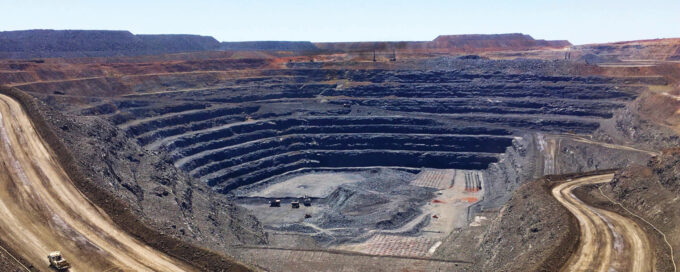For any IT ecosystem, secondary storage is a vital part of the architecture for businesses. The truth is that secondary storage solutions still have a role to play in today’s cloud-data-driven world, and it might be time for you to take a fresh look at your options when it comes to offline data storage.
Here are some things you should consider when evaluating whether or not you need a secondary storage system for your business.
Different Types of Hard Drives
There are two broad categorizations of secondary storage available today, and they are HDDs and SSDs. Let’s take a look into what they actually are.
HDDs
The most common hard disk we’ve been using all this time is the HDD or simply Hard Disk Drive. Basically put, it is a collection of platters from which data is read and written electromechanically by a spindle. It is found in storage capacity-intensive applications even today as it has a much lower cost to storage ratio compared to other modes of storage.
SSDs
Solid State Drives have been around for a few years now but have remained out of reach of most consumers. The price has always been prohibitive, and the speed benefits over an HDD were hard to see in real-world scenarios. With prices dropping recently, SSDs are now within the realm of possibility for many users to consider as an upgrade. Another advantage is that it has no moving parts, and so unlike the HDD, it is not prone to mechanical degradation over time.
Types of Hard Disk Interfaces
Hard disk interfaces are used to connect the hard disk to the computer system. These features have been on hard disks for many years, though they have undergone various changes over time.
IDE/PATA – The first two generations of hard disks were released using IDE or PATA technology and characterized by huge 40-pin ribbon cable serial connectors.
SCSI – Also pronounced scuzzy, replaces the earlier technology with smaller cables and quicker data transmissions rates.
SAS – An iteration of the SCSI standard, SAS is Serial Attached SCSI and even faster.
SATA – The Serial ATA (SATA) interface is primarily used for storage devices such as hard disks, optical drives, and solid-state drives. It is one of the most widely used interfaces today and offers speeds of up to 6 Gb/Sec.
PCIe – Fastest secondary storage interface that is used today by consumers. It can reach speeds of up to 12 Gb/Sec.
Form factors – SFF (2.5”) vs. LFF (3.5”)
Secondary storage drives come in two basic form factors SFF (Small Form Factor), which is 2.5”, and LFF (Large Form Factor), which is 3.5”. These refer to the size of hard disks. The form factor you get depends on the drive bay your server has. 2.5” are more expensive for the same capacity compared to 3.5” drives.
SFF drives are found in mid-high level server applications and are usually SAS drives with options for both 10,000 RPM and 15,000 RPM models.
LFF drives usually come with a SATA interface and with larger capacities. You can also opt for LFF drives with a SAS interface, but those tend to be more expensive.
6G vs. 12G Drives
These refer to the data transmission rates in a hard disk. The Gb/s means gigabits per second. The more data transmission potential a drive has, the better it is suited to server applications. 12G has a data capacity of 4800 MB/s compared to 2400MB/s of 6G. And today, 12G SAS controllers are much more common, making 12G a more viable option for businesses today.

The Better Choice
To summarize, the better choice of hard disks for your needs depends on what you actually need. If you need a large amount of data storage, HDDs are still the cost-effective way to go. SSDs can be used for tasks where there are more dense read/write operating scenarios which it can speed up significantly.
Secondary storage solutions are a necessity to any organizational IT framework. If you’re looking for cost-effective and environmentally sound solutions for your planet, Aliter is a great choice for your business needs.
We specialize in delivering refurbished storage components that work as well as new and are covered by our comprehensive Aliter Lifetime Warranty. You are backed by our friendly and extensive support team that can troubleshoot problems as quickly as they come up.
Take a look at our inventory of storage solutions to find equipment at significantly low price





